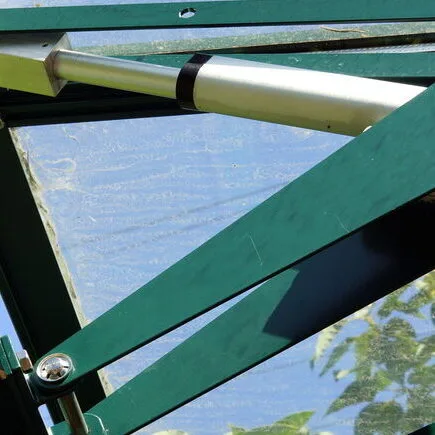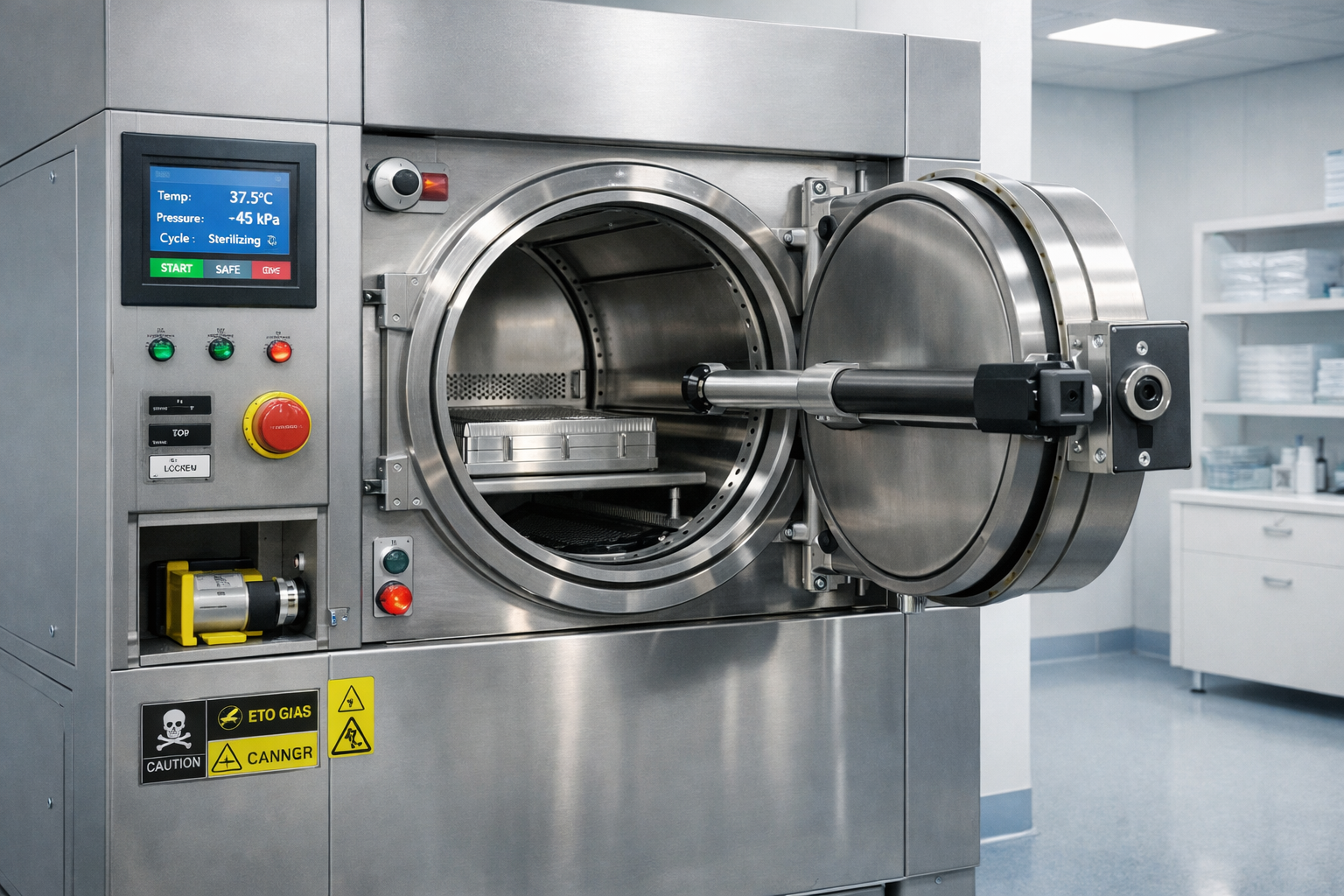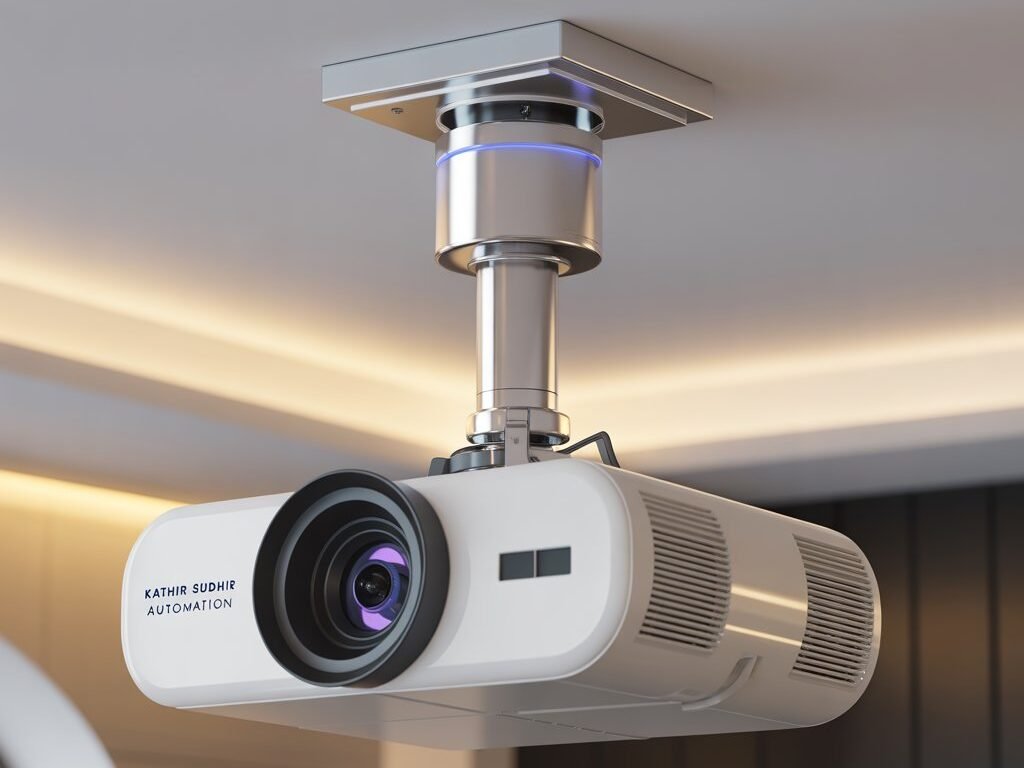Industries need linear motion control, and actuator linear technology is vital for precision and efficiency. Whether it’s in manufacturing, robotics, or automation, mastering actuator linear control can boost performance and productivity.
Actuator linear technology uses an actuator to convert rotary motion into linear motion, letting engineers and operators optimize their systems. Actuators come in electric, hydraulic, or pneumatic types, controlling the movement of different components in a system.
Actuator linear technology provides precise control over movement in small increments, critical for applications requiring accuracy, and can generate high force output for many industrial applications.

Types of Linear Motion
To master actuator linear technology, it’s crucial to understand different actuator types, like electric, hydraulic, and pneumatic, and choose the right one based on force output, speed, precision, and environmental considerations.
Controlling actuator movement actively is also vital in mastering actuator linear technology. Operators can use a control system to program the actuator’s movement, ensuring precise movement for the application.
Conclusion
In conclusion, mastering actuator linear technology is essential for precise and efficient industrial applications. Understanding different actuator types, selecting the right one, and actively fine-tuning the control system can lead to optimal performance. Our guide to linear motion control can help you achieve success.
Revolutionary ETO Cartridge Autoclave Open With The Electric Actuator
Ethylene Oxide (EtO) sterilization is common in medical use. In simple words, it is used when heat is not safe. Because of this, ETO cartridge autoclaves are widely used. At the same time, electric actuator are very important. In fact, they move doors and valves. As a result, the process becomes safe and automatic. What
Projector Up and Down Using a Linear Actuator: A Complete Guide
Integrating a projector into a modern media room, classroom, or planetarium often requires more than simply mounting it on the ceiling. Many users want a clean, hidden setup where the projector smoothly descends when needed and retracts when not in use. This is where a linear actuator powered projector lift becomes the perfect solution. In



